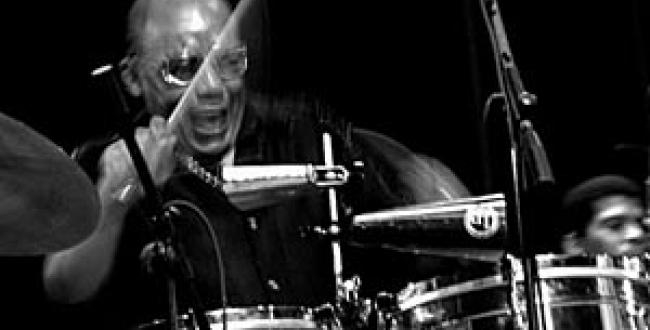11.4 Creators of Genres in Cuban Music in the 20th Century (1959-1980).

Among the creators of genres in Cuban music is Elio Revé, a respected musician in the history of Cuban popular music. He introduced Changüí-Son to the dance halls of the Cuban capital towards the middle of the 20th century. He cultivated popular dance music and made Changüí a style that his group began to enrich almost since its founding, and which his son Elito Revé continues to do today.
In the 1960s, Dámaso Pérez Prado experimented with various rhythms such as: Dengue, Suby, Pau Pau, la Culeta, la Chunga, Mambo-Twist, Rockamambo, etc. In Dengue, he introduced a new rhythmic element by using an iron ring from old trucks, which, struck under the same systematic and constant rhythmic concept, creates a different kind of mambo sound. The King of Mambo, as he was known, was a piano virtuoso, considered by experts to be one of the best in the genre of Cuban popular music.
Enrique Bonne is also a great composer of popular and traditional Cuban music. He is a sonero (son) and creator of the Pilón rhythm, a genre propagated by his friend and fellow countryman Pacho Alonso. His pieces have enjoyed great popularity among renowned soloists and groups in Cuba. This important Cuban musician has an extensive musical career, both in Cuba and abroad, and has also had the satisfaction of performing other roles representing Cuban music. He has developed an intense work as a composer, cultural promoter, and exceptional chronicler of his time.
Pedro Izquierdo, known as Pello the Afrocan, was the creator of Mozambique, drawing on the roots of Cuban music and African influence. The new rhythm quickly captured the attention of national and international media, achieving incredible success with a large following. This talented Cuban musician earned the admiration and respect of a wide variety of audiences with his sonorous performances. He developed in an environment with strong Afro-Cuban musical traditions. He extensively showcased Mozambique with his own orchestra, initially using twelve congas, two bass drums, three bells, a pan, four trumpets, and three trombones. Pello also conducted countless shows and was the main attraction at Havana Carnival.
Juanito Márquez was the innovator of the Pacá rhythm, a blend of joropo and Cuban rhythms that enjoyed great national success in the 1960s and was widely danced and popular. Throughout his artistic career, he has worked with significant international music artists.
José Luís Quintana Fuentes, better known as Changuito, is a popular Cuban percussionist. Changuito was a timpanist and percussionist for the legendary Cuban orchestra Los Van Van, led by Juan Formell, who also played bass and directed the band. In 1970, he began playing with this great popular music orchestra. During this period, he and Juan Formell took the initiative in creating the style and developing Songo, a rhythm that combines percussion instruments: timpani, bells, woodblocks, electronic drums, and cymbals. Changuito possesses a distinctive hand technique. This rhythm is a great fusion of African touches, Afro-American grooves, funk, and more. Changuito taught famous percussionists such as Giovanni Hidalgo, Karl Perazzo (Santana), and Patricio “El Chino” Díaz.
To this day, the influence of Songo can be felt in all styles of Afro-Cuban music (salsa, timba). Juan Formell, with his musical creations and artistic output, along with his orchestra Los Van Van, have become models for other musical groups in Cuba and abroad.








